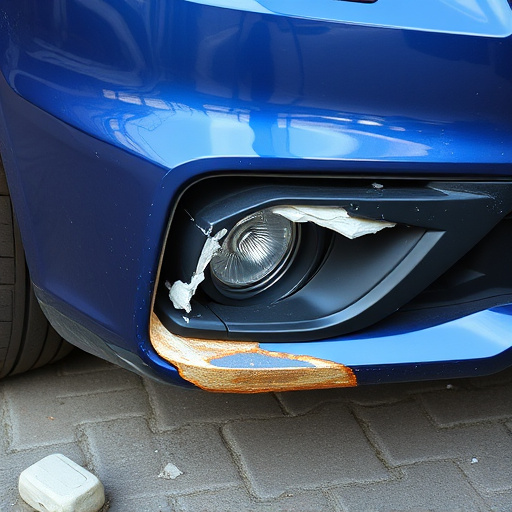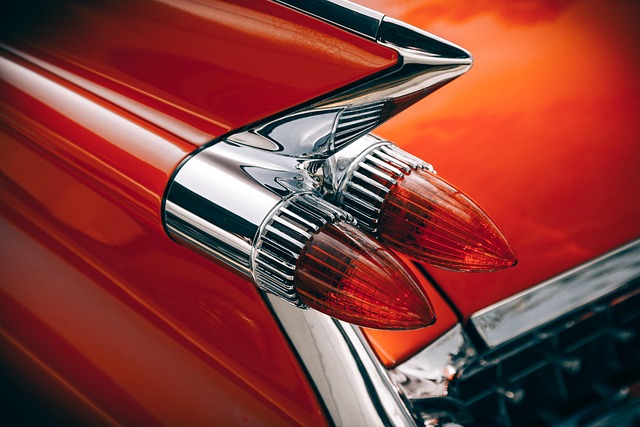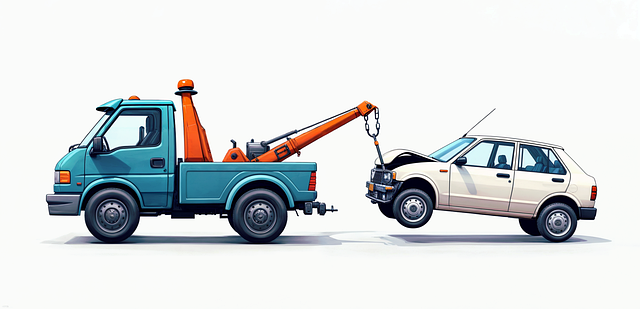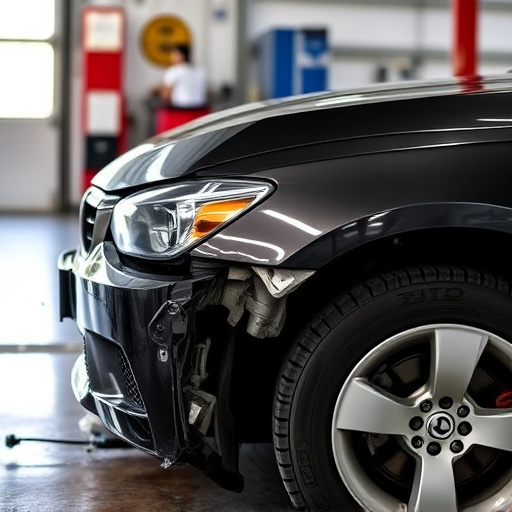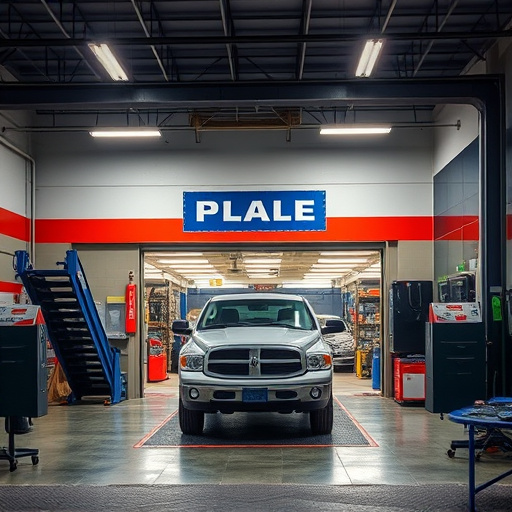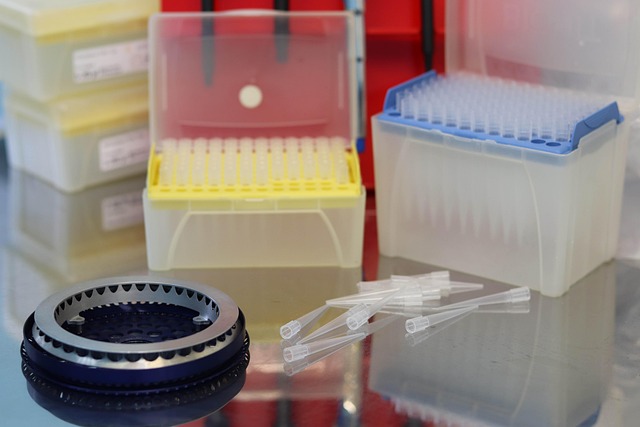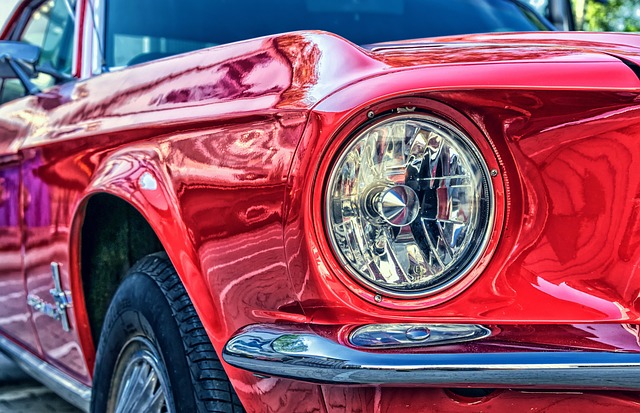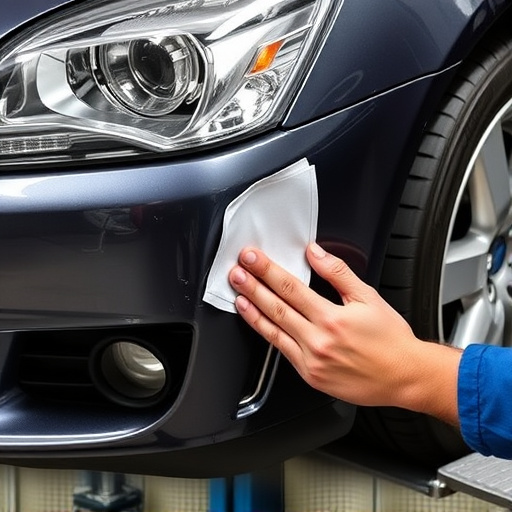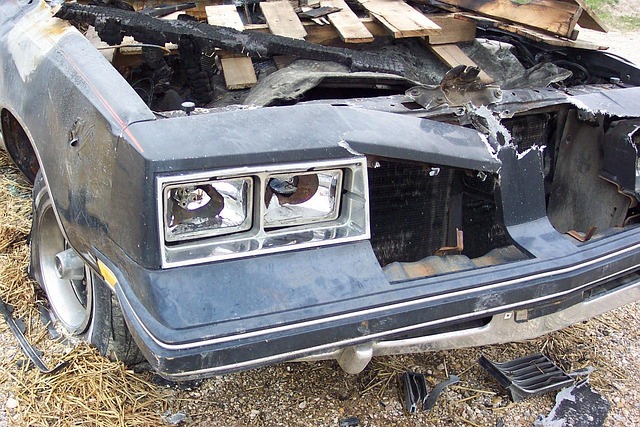Deep dents on vehicles, from collisions or parking mishaps, require tailored repairs. Different dent types (dings, creases, punctures) need specific tools and techniques. Modern methods like Paintless Dent Repair (PDR) offer efficient, high-quality fixes without extensive painting. Assessing damage and using correct tools is key; severe cases may need professional collision center services for optimal restoration.
Vehicle dent fixing is an art that demands precision and expertise. Deep dents, in particular, pose a unique challenge for auto body repair professionals. This article delves into the intricacies of understanding deep dents—their causes and types—and explores the evolution of repair techniques from traditional methods to modern innovations. We provide a comprehensive step-by-step guide to ensure effective vehicle dent fixing, empowering car owners with knowledge and tools for optimal results.
- Understanding Deep Dents: Causes and Types
- Traditional vs Modern Dent Repair Techniques
- Step-by-Step Guide to Effective Vehicle Dent Fixing
Understanding Deep Dents: Causes and Types
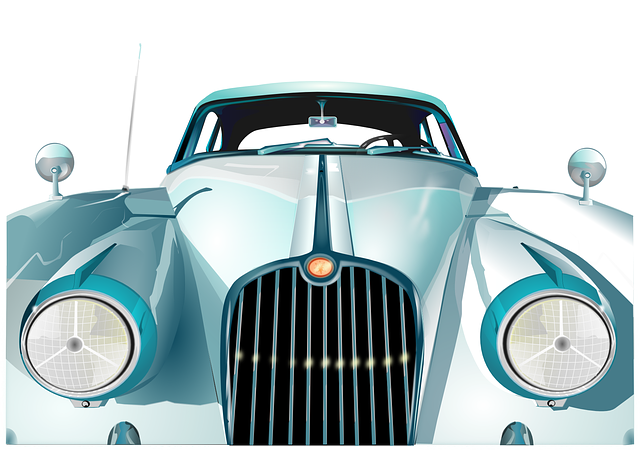
Deep dents on vehicles can be both unsightly and structural issues that require careful consideration. Understanding their causes and types is crucial in effective vehicle dent fixing. These depressions in a car’s body panels can result from various incidents, such as collisions, parking mistakes, or accidental bumps. The impact of these events can vary in intensity, leading to different levels of damage, from shallow indentations to deep, concaved dents that may even penetrate the metal surface.
Among the types of deep dents are dings, which are usually small and circular; creases, characterized by bent or folded metal; and large, depressed areas known as punctures or “big dents.” Each type demands a tailored approach during car damage repair. Auto repair services often employ specialized tools and techniques for each category to restore the vehicle’s exterior to its pre-damage condition, ensuring both aesthetic appeal and structural integrity in the process of vehicle dent fixing.
Traditional vs Modern Dent Repair Techniques

In the realm of vehicle dent fixing, techniques have evolved significantly over time, marking a clear distinction between traditional and modern approaches. The conventional methods often involved labor-intensive processes with limited options for deep dent repair. Metal hammering, known as the ‘pinning’ technique, was a common practice where dents were manually popped out, leaving visible traces of the original damage. This process required immense skill and precision to avoid further deformity or structural issues in the vehicle’s body.
Modern dent repair techniques, on the other hand, have revolutionized vehicle restoration. With advancements in technology, modern methods offer efficient and precise results, even for complex deep dents. Techniques such as paintless dent repair (PDR) have gained popularity. PDR uses specialized tools to gently push out dents from the inside, preserving the original factory finish and ensuring a seamless vehicle dent repair. This innovative approach has transformed body shop services, providing faster turnaround times and high-quality outcomes without the need for extensive painting or body panel replacement.
Step-by-Step Guide to Effective Vehicle Dent Fixing

Vehicle dent fixing is a meticulous art that requires precision and the right tools to achieve perfect results. Here’s a step-by-step guide for effective vehicle dent fixing, ensuring your car looks like new again. Begin by assessing the extent of the damage. Inspect the dent from various angles to determine its depth and shape. This initial evaluation guides the subsequent steps.
Next, gather your tools: a dent puller or tool kit, a heat gun (for deeper dents), and a buffer for smoothing. For best results, consider visiting a collision center where professionals have access to specialized equipment. Apply a heat treatment if necessary, using the heat gun to warm up the metal beneath the dent. This softens the metal, making it easier to manipulate without causing further damage. Employ your chosen tool—dent puller or hammer and dolly—to gently pry out the dented area, working slowly and carefully to avoid deforming surrounding panels. Once the dent is removed, use the buffer to smoothen any remaining imperfections, matching the car’s original finish. For severe cases, it might be best to leave auto glass repair to a collision center, ensuring a flawless restoration throughout.
Vehicle dent fixing is a complex yet essential process for maintaining your car’s aesthetics and value. Understanding deep dents, their causes, and various repair techniques is crucial. Modern methods offer superior results compared to traditional ones, providing efficient and effective solutions. By following a structured guide, you can successfully navigate the vehicle dent fixing journey, ensuring your vehicle looks as good as new. Remember, prompt action and the right techniques make all the difference in achieving flawless repairs.
